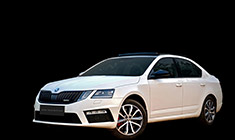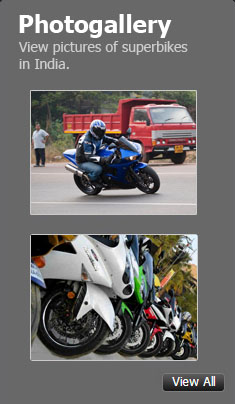News
Avoiding DEF issues on my Mahindra Thar even at -13 degrees
Most of the Thar SUVs in Ladakh are petrol-powered as per my observation.
BHPian Shubhendra recently shared this with other enthusiasts.
I recently completed 12 days driving across 7-8 states especially remote areas of Kashmir, Ladakh and Zanskar valley. Many of these places did not have a telephone network or much civilization. I must admit that I had a constant fear of driving an electronic-laden BSVI vehicle with DEF. Furthermore, the manual says DEF freezes at -11 degrees celsius. Whereas we reached a minimum temperature of -13 degrees celsius overnight.
My only saving grace was another non BSVI vehicle with 4WD and enough space to accommodate me if something would have gone wrong. Luckily, I didn't face a single issue throughout the trip. Even many locals had warned me about the DEF issue but I followed a simple routine of manually driving Thar above 2000 rpm for 20-25 minutes (few places anyways needed such RPMs) every few hours to avoid the DEF issue.
The only issues after 12,500 km are increased buffeting noise between hardtop and windscreen and rear door making noise.
To be fair with Mahindra, Thar first gives you an indication for REGEN and this is something you should not ignore. At this stage, you can manually do the regeneration. Heard stories of locals rejecting BSVI vehicles or opting for petrol vehicles wherever possible. But these are hearsays and not first-hand experiences. Most of the new Thars are petrol in the Ladakh region as per my observation.
Conclusion: I will most probably take my non-Scorpio, Pajero etc, next time to avoid anxiety. As more people travel to these remote areas with BSVI diesel vehicles over the next few months, things will be more clear.
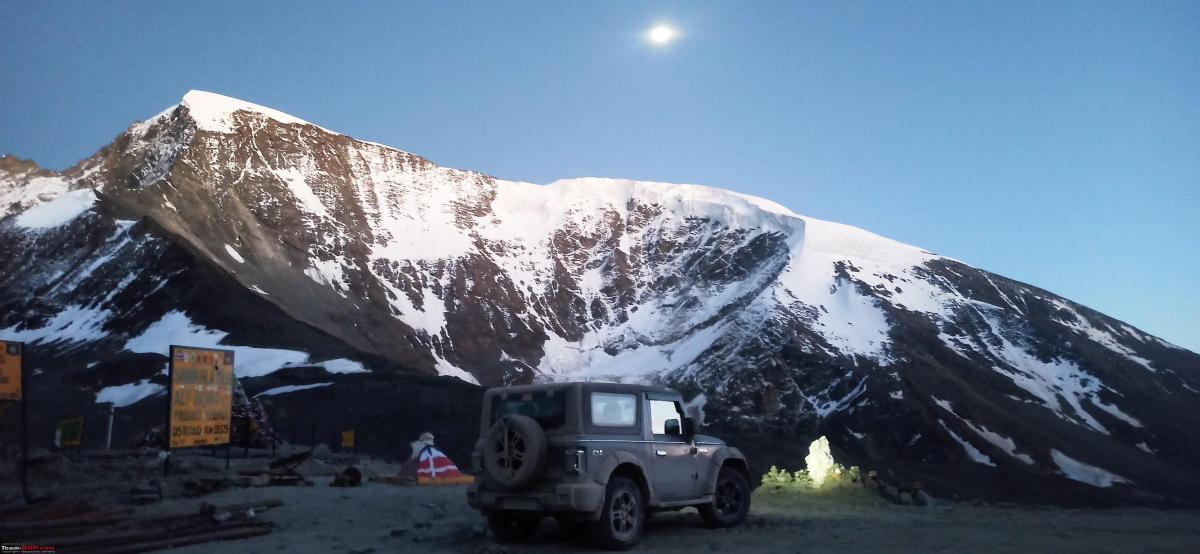
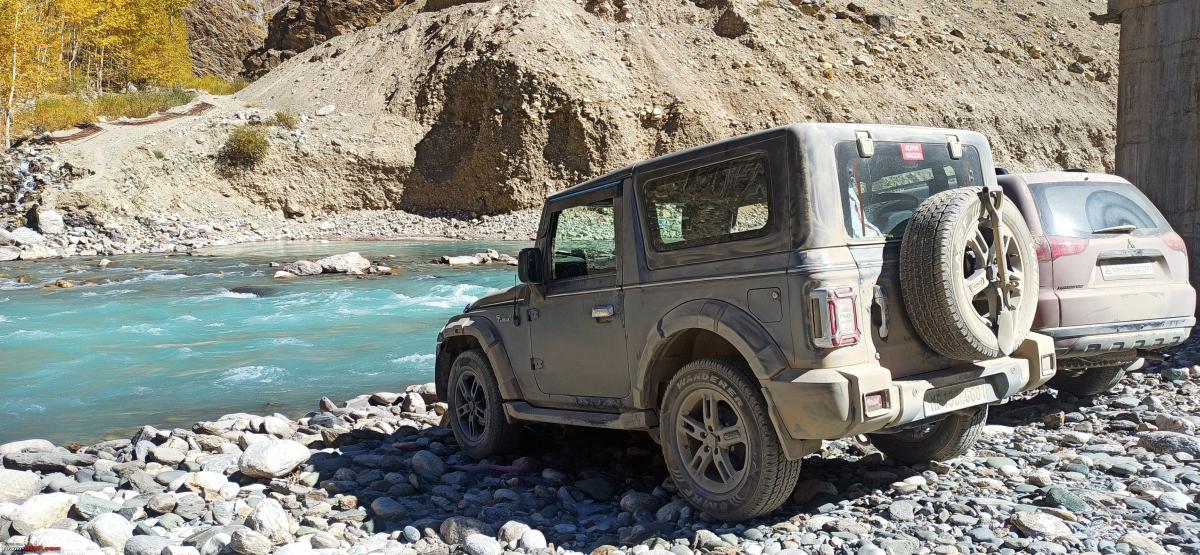

Here's what BHPian Ketan had to say on the matter:
Thanks for sharing, beautiful pictures!! I feel these DEF related issues are slightly over-hyped. I guess one should be concerned about it only if you see the REGEN alert. I wish M&M can make the alert logs available to the infotainment so they are not missed.
I feel the 2K rpm is not something that you must run at to avoid the alert, I feel to get to that 2K, you may have to run at 100kmps on plains.. now you may run at 80 - 90 km/h, less than 2k rpm, for a very long time and you may not see the alert, it may start to clog only with very low rpm and starts to clear quickly above 2k rpm, hence the number suggested.
Here's what BHPian ph03n!x had to say on the matter:
My highway speeds are usually between 85 km/h to 100 km/h, and the engine will be spinning at a lazy 1500 to 1800 rpm (Mine is an AT). No DPF issues in 16k km.
What I've understood from my ASS' tech head is - it's not about pushing it above 2000 RPM for day to day driving to avoid DPF getting clogged. It's about getting the engine and exhaust heated up enough to burn the soot off.
When it's almost choked, the parked regen takes 20 min at 2000+ RPM. But for regular usage, as long as the engine is running long enough, DPF should be taken care of by the wizardry.
In other words, if most of your driving will be under 5 or 10km (under 15 - 30 min), yes - do a 2000+ RPM drive. If you do drive for 30 min to an hour or more, even in bumper to bumper traffic, just drive normally and do not turn off the engine at signals or prolonged stops.
The example/ use-case the tech head gave was milk/ fruit/ delivery vehicles that drop goods off from store to store - this is in the Nilgris, that too. This dealership faced DPF issues with these vehicles in the initial days. They did an RCA, advised the drivers to not switch off the engine between each stop - and the issues stopped.
Check out BHPian comments for more insights and information.
- Tags:
- Indian
- Mahindra
- Member Content
- Thar



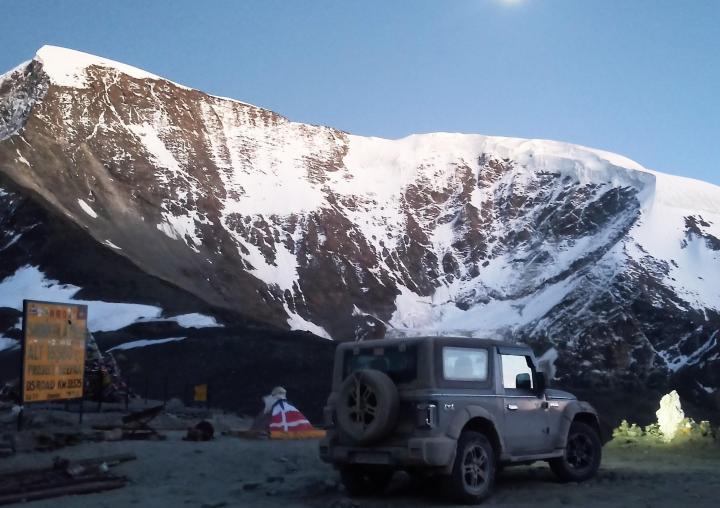
_0.jpg)





.jpg)





